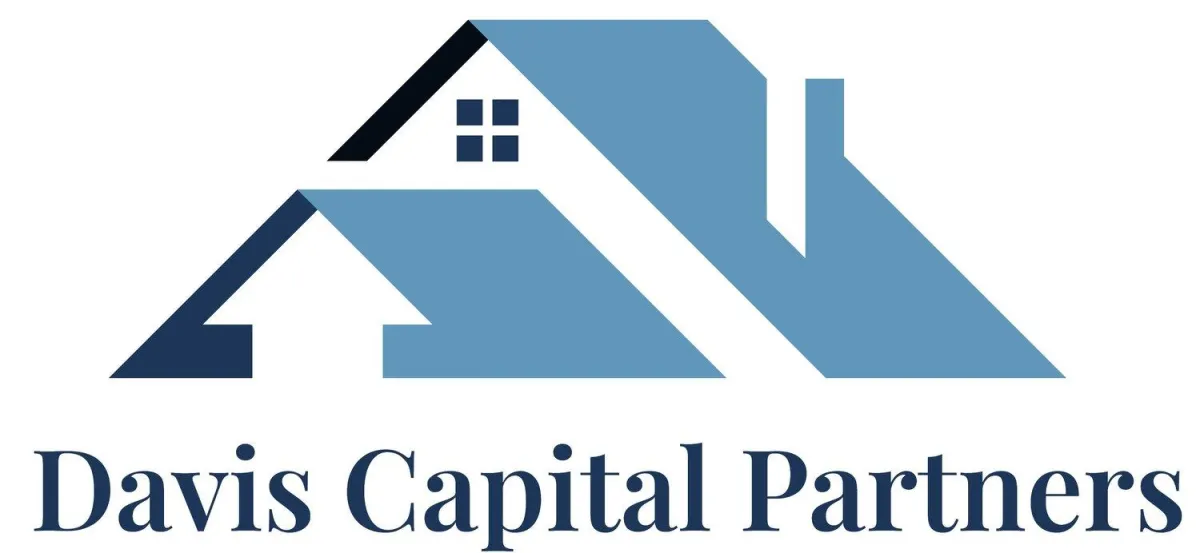Blog

Understanding Equity and Debt in Real Estate Syndication Deals
Understanding Equity and Debt in Real Estate Syndication Deals
In the world of real estate syndications, the concepts of equity and debt play vital roles in structuring and financing investment deals. Both equity and debt serve as sources of capital, but they differ in their characteristics, risk profiles, and implications for investors. In this blog, we will delve into the key aspects of equity and debt in real estate syndication deals, shedding light on their roles and how they interact within the investment framework.
Equity and debt are like two sides of the same coin in real estate syndication deals. Let's explore their definitions and characteristics:
Equity: Equity represents ownership of a property or project. Investors who contribute equity capital become partial owners and share in the project's profits and risks. Equity investors have a residual claim on the property's cash flows and appreciation after debt obligations are satisfied. They typically receive returns through distributions, such as cash flow or profits upon the sale of the property.
Debt: Debt refers to borrowed funds that must be repaid over a specified period, typically with interest. In real estate syndication, debt capital is often obtained from lenders, such as banks or private lenders. Debt investors, also known as lenders or debt holders, have a secured interest in the property and receive regular interest payments and the return of their principal investment. They have priority over equity investors in terms of repayment.
In real estate syndication deals, the interplay between equity and debt is crucial for achieving a well-balanced and optimized capital structure. Consider the following aspects:
Risk and Return: Equity investors typically assume higher risks but also have the potential for higher returns. As partial owners, they share in the property's profits but are also exposed to market fluctuations and downside risks. Debt investors, on the other hand, have lower risk exposure as their investments are secured by the property but generally receive a fixed return in the form of interest payments.
Capital Stack: The capital stack refers to the hierarchical arrangement of different capital sources in a syndicated real estate deal. Equity sits at the top of the stack, followed by various layers of debt. The specific structure may vary depending on factors such as the project's risk profile, funding requirements, and investor preferences.
Leverage: Syndicators often use leverage by combining equity and debt to maximize the project's potential returns. By using debt financing, syndicators can amplify their equity investment and acquire larger properties or portfolios than they could with equity alone. Leverage can enhance returns but also increase risk, as higher debt levels magnify the impact of market downturns.
When structuring a real estate syndication deal, the allocation of equity and debt requires careful consideration. Several factors influence this puzzle, including:
Project Costs and Investment Strategy: Evaluate the total project costs, including property acquisition, development, and ongoing expenses. Determine the optimal capital structure based on the investment strategy, such as value-add opportunities, income-producing properties, or ground-up developments.
Investor Preferences and Objectives: Understand the preferences and objectives of the syndication's investors. Some investors may seek higher returns and are willing to take on more equity risk, while others prioritize stable income and prefer debt-like investments. Strive to strike a balance that aligns with the preferences of your target investor base.
Market Conditions and Risk Assessment: Assess the prevailing market conditions, economic indicators, and risk factors specific to the property and location. Conduct thorough due diligence to evaluate the property's income-generating potential, market demand, and prospects. The risk assessment should inform the optimal combination of equity and debt to mitigate risks and maximize returns.
Conclusion
Equity and debt are integral components of real estate syndication deals, each playing a unique role in financing and shaping the investment structure. Equity investors become partial owners and share in the property's profits and risks, while debt investors provide secured funds in exchange for regular interest payments and the return of their principal.
Achieving a balanced capital structure requires careful consideration of risk and return, the capital stack hierarchy, and the puzzle of matching equity and debt to project costs, investor preferences, and market conditions. By understanding the dynamics of equity and debt in real estate syndication deals, you can navigate the intricacies of financing and optimize your investment opportunities.

No Offer of Securities—Disclosure of Interests. Under no circumstances should any material at this site be used or considered as an offer to sell or a solicitation of any offer to buy an interest in any investment. Any such offer or solicitation will be made only by means of the Confidential Private Offering Memorandum relating to the particular investment. Access to information about the investments is limited to investors who either qualify as accredited investors within the meaning of the Securities Act of 1933, as amended, or those investors who generally are sophisticated in financial matters, such that they are capable of evaluating the merits and risks of prospective investments.
© 2025 Davis Capital Partners. All Rights Reserved.

